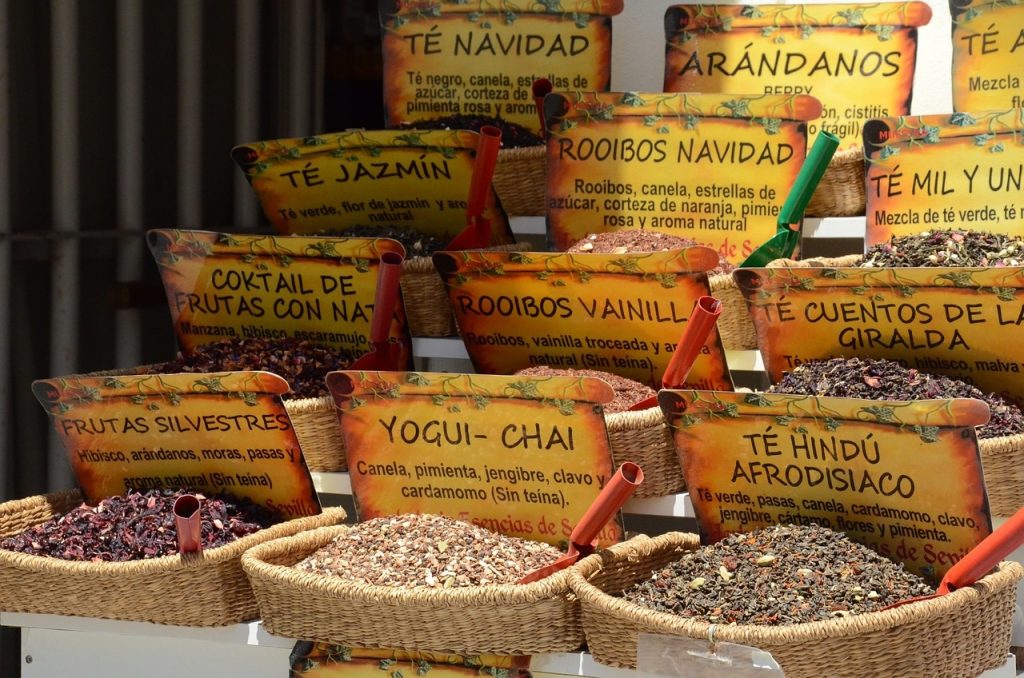Spill the tea is a popular phrase on social media that means sharing gossip or revealing interesting, it often used in a playful or lighthearted way, but can also have a negative connotation if the information is being sent, the phrase is believed is to have originated in the drag queens, in the 1990s. the term “tea” is thought to be a derivative of the letters T and D which stand for “truth” respectively.
The word “tea” originated from China, and was spread via the ocean by Dutch traders. The origin of “tea” came from the coastal province of Fujian. The ‘Spilling the Tea on Great Britain’ campaign uses a play on Britain’s love of tea, through destination images and short films to tell a fresh and exciting story about the experiences on offer, showing visitors that ‘whatever your cup of tea.
What is tea tourism?
Tea tourism is defined as environment or special historical. Tea tourism is emerging worldwide as a new type of sustainable cultural tourism; a market to which little academic attention has been paid. This study surveyed a total of 246 university faculty members in the United States, China, and Taiwan about their perceptions of tea tourism, including their levels of interest in various tea tourism activities and the importance of tour components. The findings of this study revealed that demographic factors, cultural backgrounds, and self-reported expertise about tea culture were significantly associated with respondents’ expectations towards tea tourism. Practical recommendations in tea tourism marketing were provided.
The potentiality of tea tourism in the world
Tea tourism has the potential to completely transform the tea-drinking experience by assisting us in intellectually understanding the origins and processing, It has sensory appeal; we can feel the dew-kissed tea leaves and smell the earthiness of the soil where it grows. It’s a hydrating beverage with a range of different types and flavors. Tea is an important beverage in many different cultures, Tea has evolved from being a simple grocery item in today’s day.

As prices continued to drop, tea became increasingly popular and by 1750 had become the British national drink. fungus reduced coffee production in Ceylon by 95% in the 19th century, cementing tea’s popularity. By 1720 European maritime trade with China was dominated by exchange.
During the 20th century, tea rooms began to become popular in different cities of Chile, closed spaces for social gatherings, especially attended by the female public and dedicated to social gatherings, where attendees drank tea accompanied by cookies or some other plate of traditional Chilean pastries during the 21st century, the consumption of tea in chile experienced a diversification in the existing offer in the national market, slowly increasing the consumption of other varieties of tea other than traditional black tea, such as green tea, in addition to an increase in associated brands. to the “premium” or gourmet category, which offers a higher quality of their products.
Article by Tehsil Maring | Edited by Saumya Sharma


